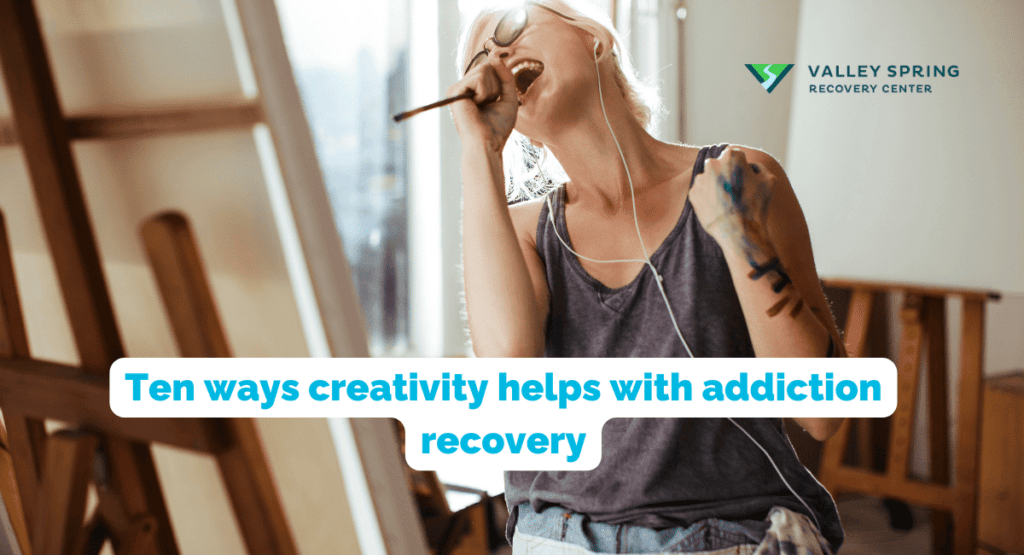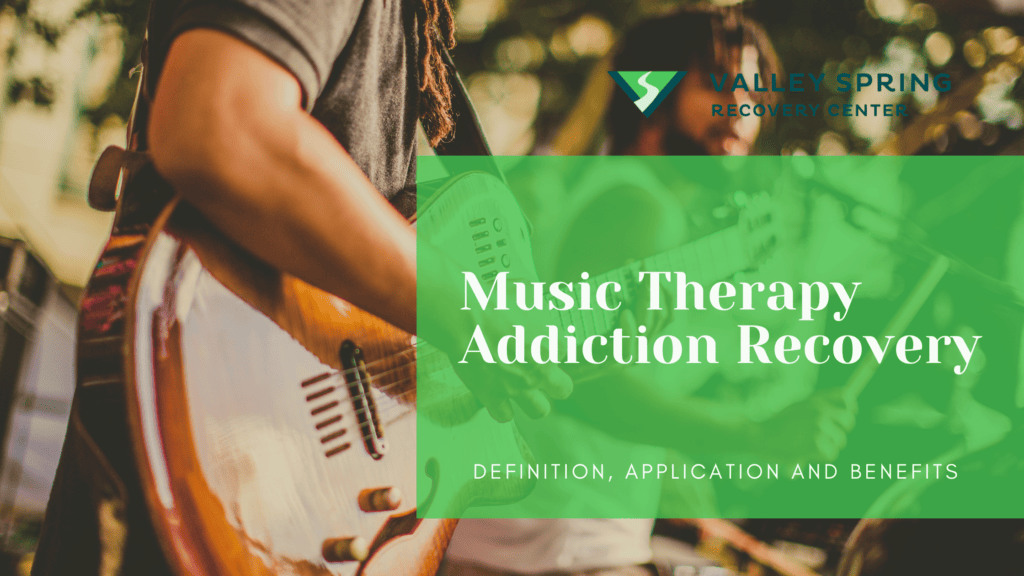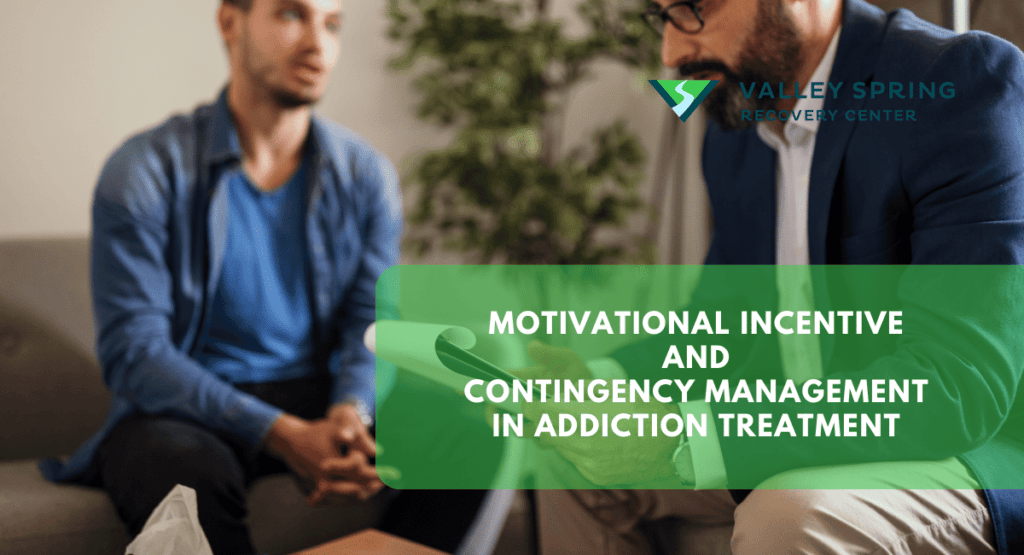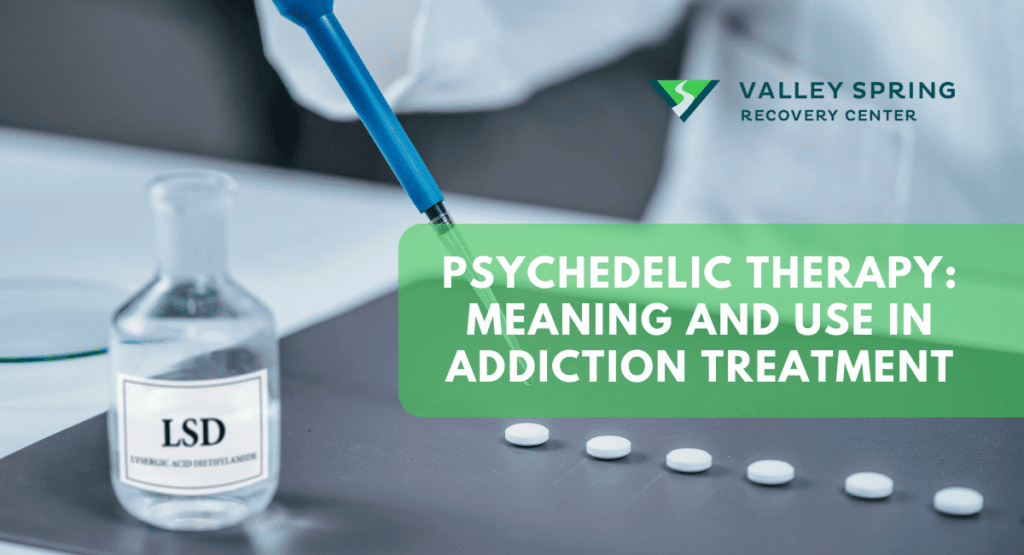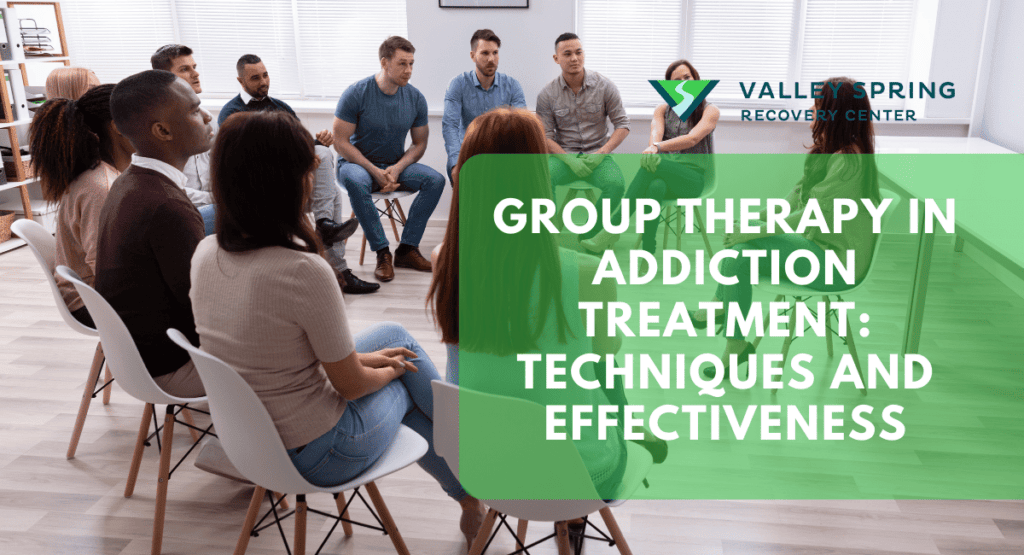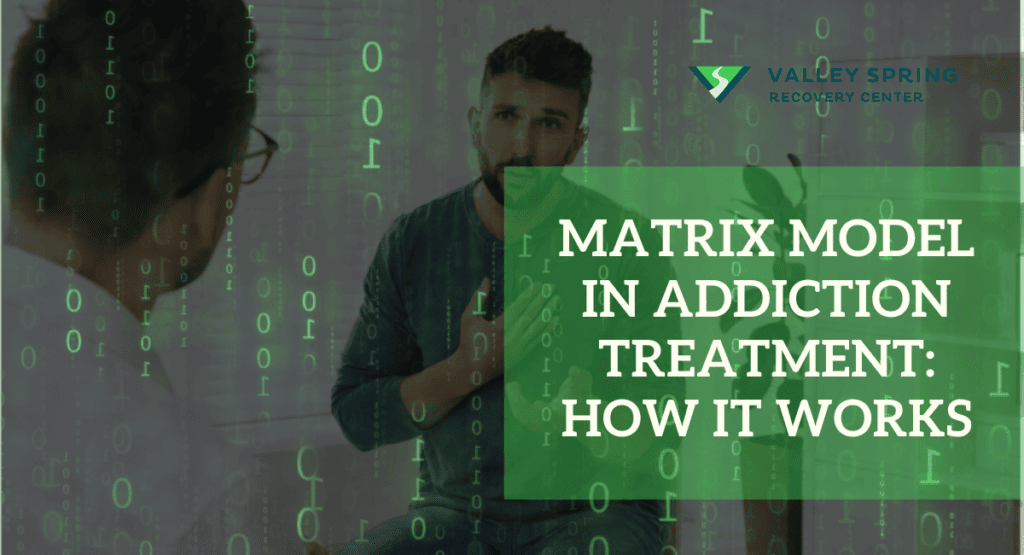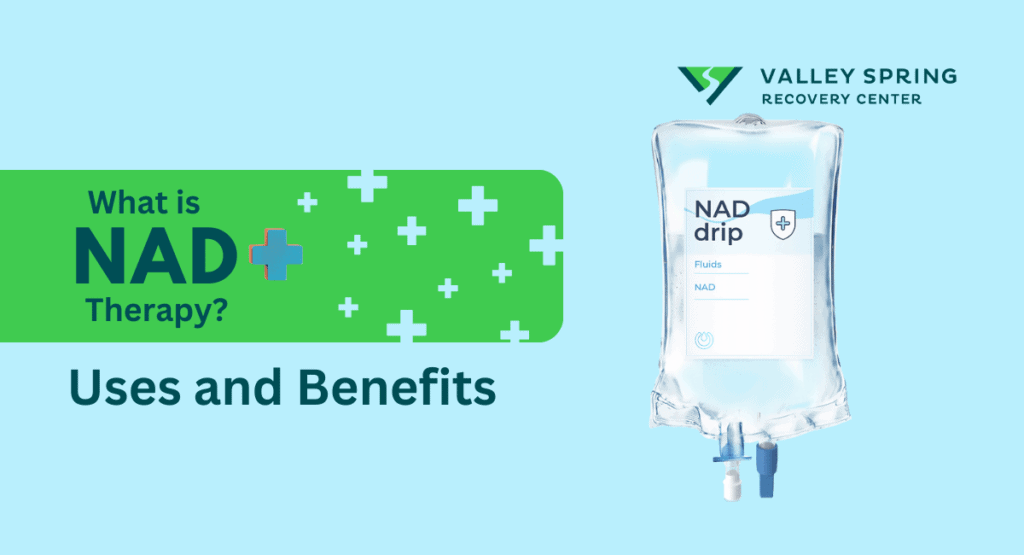Drug addiction affects the body, the mind, and the spirit and usually requires a holistic approach to treatment that focuses on every aspect of the individual’s being.
Creativity is a form of expression that can be helpful in the treatment of addiction.
In the realm of addiction recovery, creativity serves as a catalyst for transformation, providing a pathway to healing and growth. It offers a means of connection and personal exploration that can support individuals in their journey toward lasting sobriety and a fulfilling life. By embracing the power of creativity, individuals in recovery can unlock their potential, find solace, and build a brighter future.
Some of the ways creativity helps with addiction recovery are listed below.
1. Emotional Expression and Processing
Engaging in creative activities allows individuals to express and process complex emotions associated with addiction and recovery. Artistic mediums such as painting, drawing, or writing can serve as a cathartic release, helping individuals explore and communicate their feelings. For example, painting a picture that represents their journey from addiction to recovery can be a powerful way to process emotions.
Painting, drawing, sketching, or sculpting can be effective ways to express emotions, explore inner thoughts, and engage in self-reflection. Art therapy programs or simply creating art independently can provide a creative outlet for individuals in recovery.
2. Self-Discovery and Introspection
Creativity encourages self-reflection and introspection, which are crucial aspects of addiction recovery. Through creative pursuits like journaling or poetry writing, individuals can delve into their inner world and gain a deeper understanding of themselves, their triggers, and their strengths. Writing and journaling also help people in recovery to better process their thoughts and emotions, document their journey, and explore personal insights. This self-awareness can aid in developing healthy coping mechanisms and avoiding relapse.
3. Stress Reduction and Relaxation
Engaging in creative activities can be a therapeutic way to reduce stress and anxiety, which are common triggers for addictive behaviors. Activities like playing a musical instrument, practicing mindfulness through coloring or sculpting, or engaging in dance or movement can provide a sense of relaxation and promote emotional well-being.
Learning to play a musical instrument, singing, or composing music can be powerful modes of self-expression. Music therapy programs, joining a band or choir, or simply playing music for personal enjoyment all have therapeutic effects that relieve stress and foster relaxation.
4. Healthy Distraction from Cravings and Addictive Thoughts
Creativity serves as a positive and productive distraction from cravings and addictive thoughts. When individuals immerse themselves in a creative project, their focus shifts away from destructive behaviors, providing an alternative outlet for their energy and attention. For instance, learning how to play a musical instrument can redirect one’s focus and provide a sense of accomplishment.
5. Building Self-Esteem and Confidence
Drug abusers may have to battle with guilt and shame on their journey to sobriety and wholesome recovery. This could be a result of the addiction, the things they did, or how they acted while they were battling the addiction. Exploring and developing creative abilities can boost self-esteem, help them move past the shame, and develop self-confidence.
As individuals engage in creative pursuits, they experience a sense of accomplishment and mastery, which can counteract feelings of shame or inadequacy often associated with addiction. Completing a painting or writing a poem can foster a sense of pride and reinforce a positive self-image.
Individuals can also participate in theater workshops, improv classes, or acting to help them explore different roles, emotions, and narratives. Drama can be a transformative experience that nurtures creativity and self-confidence.
6. Facilitating Social Connections and Support
Participating in creative activities can facilitate social connections and help individuals build a supportive network. Joining art classes, writing workshops, or other creative groups provides opportunities to connect with like-minded individuals who share similar interests and goals. These connections can offer encouragement, empathy, and inspiration throughout the recovery journey.
7. Coping Skills Development
Creativity fosters the development of healthy coping skills that are essential for maintaining sobriety. Engaging in creative activities can teach individuals how to manage stress, regulate emotions, and find alternative ways of expressing themselves. For example, a person in recovery may learn to use music composition as a tool for managing challenging emotions instead of turning to substances.
8. Cultivating Mindfulness and Staying Present
Many creative activities require individuals to be fully present in the moment, promoting mindfulness. Engaging in activities like painting, sculpture, or photography can help individuals cultivate mindfulness skills, such as focusing on the present, observing without judgment, and embracing the process rather than fixating on outcomes. Mindfulness can enhance self-awareness and prevent relapse by reducing impulsive behaviors.
Other activities like participating in dance classes, practicing yoga, or engaging in other forms of movement-based activities can also help individuals reconnect with their bodies, release tension, and express themselves non-verbally.
9. Meaningful Expressions and Communication
Creativity allows individuals to communicate and express their experiences, thoughts, and emotions in meaningful ways. Writing, storytelling, or creating visual art can convey personal narratives of addiction and recovery, raising awareness and fostering understanding among others. Sharing these creative expressions can also provide a sense of purpose and inspire hope in others who may be on a similar path.
10. Redefining Identity Beyond Addiction
Engaging in creative pursuits can help individuals redefine their identity beyond addiction. Exploring new interests and talents can lead to the discovery of passions and strengths that were overshadowed by substance abuse. For example, someone in recovery may discover a talent for photography and develop a new identity as a visual artist, reinforcing a positive self-image and a sense of purpose.
Creativity offers a wide range of benefits for individuals in addiction recovery, including emotional healing, self-discovery, stress reduction, healthy distraction, self-esteem building, social connection, coping skills development, mindfulness practice, meaningful expression, and identity transformation. Integrating creative activities into the recovery journey can enhance overall well-being and support long-term sobriety.

What Creative Activities Can Someone Engage in During Recovery?
There are numerous creative activities that individuals can engage in during recovery. The choice of activity depends on personal interests, preferences, and the availability of resources. Here are some examples of creative activities that can be beneficial during the recovery process:
- Artistic expressions
- Writing and journaling
- Music and sound
- Dance and movement
- Photography
- Crafting and DIY projects
- Drama and theater
- Cooking and culinary arts
- Gardening and horticulture
- Digital media and design
Remember, the key is to find activities that resonate with you and provide a sense of enjoyment and fulfillment. The creative process itself can be therapeutic and contribute to personal growth and well-being during the recovery journey. Find out what works for you, stick with it, and with the right help, you’ll be on your journey to wholesome recovery.
Why Is Creativity Important In Recovery?
Creativity is a vital component of the recovery process for several compelling reasons. Firstly, it provides a positive outlet for individuals in recovery, offering a constructive alternative to the destructive behaviors often associated with addiction. Engaging in creative activities can significantly reduce stress and anxiety, which are common triggers for relapse.
Creative expression through art, music, writing, or other forms allows individuals to express their thoughts, emotions, and experiences in a non-verbal and deeply personal way, fostering self-discovery and healing.
Additionally, creativity serves as a powerful distraction from cravings and triggers, helping individuals remain engaged in positive and meaningful pursuits. It aids in emotional regulation, teaching healthier ways to cope with life’s challenges and promoting emotional resilience.
Accomplishing creative goals boosts self-esteem and instills a sense of achievement, reinforcing the belief that recovery is attainable. Furthermore, engaging in creative pursuits can lead to a supportive community and a sense of belonging as individuals connect with others who share similar interests, providing crucial encouragement and companionship on the recovery journey.
Creativity equips individuals with a lasting coping strategy that can be used to manage stress, cravings, and life’s challenges throughout their recovery journey, contributing to a holistic and well-rounded approach to healing.
Can Creativity Be Incorporated Into Traditional Addiction Treatment Programs, And If So, How?
Absolutely, creativity can be seamlessly integrated into traditional addiction treatment programs to enhance the recovery process. This integration may involve licensed art and music therapists guiding individuals through therapeutic creative exercises, including art, music, writing, and mindfulness practices. Creative workshops, group activities, and expressive therapies offer opportunities for self-expression and community building.
Patients can benefit from the therapeutic value of creativity in processing emotions, fostering self-awareness, and reducing stress. The trained guidance of professionals in creative modalities ensures a structured and therapeutic approach to using creativity as a powerful tool alongside traditional addiction treatment methods, providing a more holistic and enriching path to recovery.
How Can Individuals With No Prior Creative Experience Start Incorporating Creativity Into Their Recovery Journey?
Individuals with no prior creative experience can begin incorporating creativity into their recovery journey by recognizing that creativity doesn’t require expertise or talent. The focus is on self-expression and self-discovery, not on creating masterpieces. Starting with simple, accessible activities like coloring, doodling, or freeform writing can be an excellent way to initiate the creative process.
Engaging in these activities without judgment or expectation can help individuals explore their thoughts and emotions. Moreover, seeking guidance and support from trained professionals, therapists, or counselors who specialize in creative therapies can provide a structured and supportive environment for those new to creativity.
Joining group sessions or creative workshops at rehab centers allows individuals to collaborate with peers and receive encouragement. Over time, as they gain confidence and experience the therapeutic benefits of creativity, they can expand into more complex artistic pursuits, further enhancing their recovery journey. The key is to start with an open mind, embrace the process, and use creativity as a tool for personal growth and healing, regardless of prior experience.
How Does Creativity Aid in Addiction Recovery?
Creativity aids in addiction recovery by providing an outlet for expression that doesn’t rely on substance use. Engaging in creative activities can help individuals process emotions, reduce stress, and improve mental health. It can also offer a sense of accomplishment and a way to develop new skills and hobbies that can fill the time previously spent on addictive behaviors.
Can Art Therapy Truly Help Those Battling Addiction?
Art therapy is recognized as a valuable component of addiction treatment. It allows individuals to explore their thoughts and feelings in a non-verbal way, which can be particularly beneficial for those who find it difficult to articulate their emotions. By creating art, people in recovery can confront and heal from the underlying issues contributing to their addiction.
What Types of Creative Activities Are Most Beneficial During Recovery?
A variety of creative activities can be beneficial during recovery, including painting, drawing, writing, music, dance, and drama. The best activity is one that resonates personally with the individual, as it should be enjoyable and feel like a natural mode of self-expression.
Is There Evidence to Support the Effectiveness of Creativity in Recovery?
There is a growing body of evidence that supports the effectiveness of creative expression in recovery. Studies have shown that engaging in creative activities can decrease anxiety, stress, and depressive symptoms, all of which are beneficial for those in recovery from addiction. Art, play, or music therapy are creative therapies that can be integrated into CBT sessions to enhance the therapeutic process, particularly with children or individuals who respond well to less traditional methods of treatment.
How Can Creative Writing Be Used in Addiction Treatment?
Creative writing can be used in addiction treatment as a way for individuals to journal their experiences, write about their struggles and victories, and express emotions that might be difficult to say out loud. It can also be a form of narrative therapy, helping individuals to rewrite their life stories in a more positive light.
What Role Does Music Play in Recovery?
Music can play a multifaceted role in addiction recovery. It can be used as a form of relaxation and stress relief, a medium for expression through playing instruments or singing, and as a therapeutic tool in guided music therapy sessions. Music can also help individuals connect with emotions and memories in a healing way.
Can Engaging in Creative Activities Reduce Cravings?
Engaging in creative activities can provide a distraction from cravings and serve as an alternative coping mechanism. By focusing on a creative task, individuals in recovery can redirect their attention and energy away from the desire to use substances.
How Does Creativity Promote Mental Health During Recovery?
Creativity promotes mental health during recovery by providing a positive outlet for emotions, reducing stress, and increasing self-esteem and self-awareness. It can also foster a sense of connection with others when shared or done in a group setting.
Are There Specific Creativity-Based Therapies for Addiction Recovery?
Yes, there are specific creativity-based therapies for addiction recovery, such as art therapy, music therapy, and expressive writing therapy. These therapies are facilitated by trained professionals and are designed to help individuals explore their feelings, reconcile emotional conflicts, and foster self-awareness.
How Can Someone Incorporate Creativity into Their Personal Recovery Plan?
Someone can incorporate creativity into their personal recovery plan by setting aside regular time for creative activities, experimenting with different forms of creative expression to find what they enjoy, and using creativity as a tool for mindfulness and relaxation. It can also be helpful to join community classes or groups focused on creative endeavors.
Kristy Ashe
All author postsShare This Post

